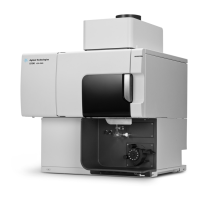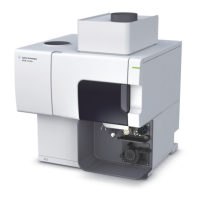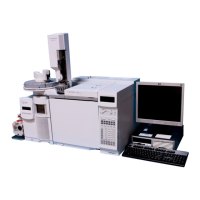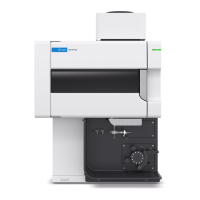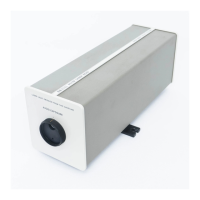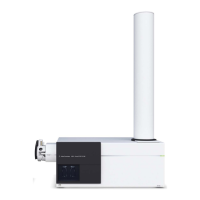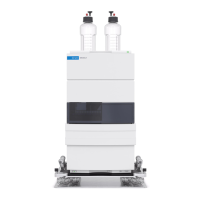Introduction
22 Agilent 5100 and 5110 ICP-OES User’s Guide
The air supply is used to cool the internal mechanical and electronic
components of the instrument. Several of these assemblies contain
parts prone to corrosion. The introduction of cooling air
contaminated with high levels of acid vapors or other corrosive
substances may cause damage to the instrument.
Due to the corrosive nature of some analytical work, it is
recommended that in applications demanding high usage of corrosive
materials, an external cooling air supply system is provided. It is
required that the cooling air be supplied from an environmentally-
controlled area that is away from the instrument exhaust and any
other area where corrosive materials are stored or used. Do not duct
humid, warm air into an instrument in a cooled laboratory
environment.
The cooling air system with flue, fan, ducting and supply cowl, must
provide positive air pressure at the instrument inlet of 4 m
3
/min
(141 ft
3
/min) when using the External Inlet Duct Adaptor Kit (G8010-
68002). The ducting should be corrosion-resistant and fire-proof.
Water Chiller System
Agilent ICP-OES instruments require a source of cooling water. Refer
to the Site Preparation Guide for compatible water chilling systems
and to the documentation provided with the water chilling system for
installation and use instructions.
NOTE
Pressure regulation is recommended for supplies where the cooling water
pressure may be subject to fluctuations. Pressure regulation is necessary for
supplies that may exceed the maximum permissible pressure of 400 kPa (58 psi).
The instrument is equipped with a water flow sensor, which will stop
operation of the plasma if the cooling water flow through the
instrument drops below 1.7 L/min (0.45 gpm). A second water flow
sensor will stop the camera Peltier cooling assembly if the water flow
through the instrument drops below 0.2 L/min (0.05 gpm).
CAUTION
Always ensure the water cooling system is on before igniting the plasma.

